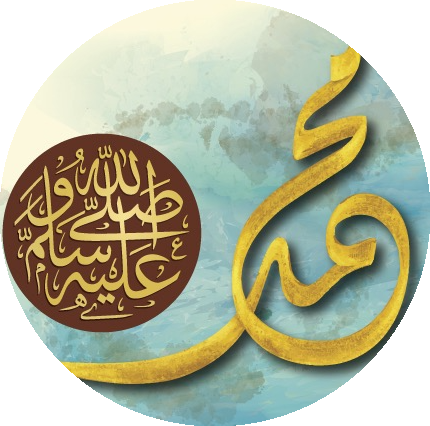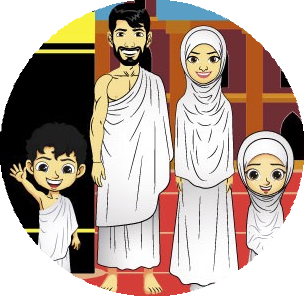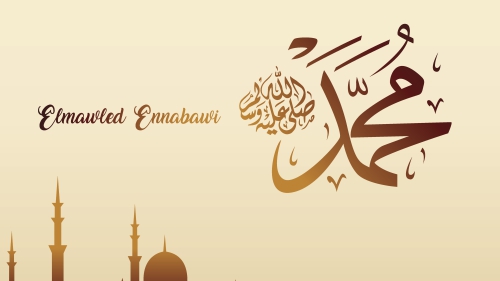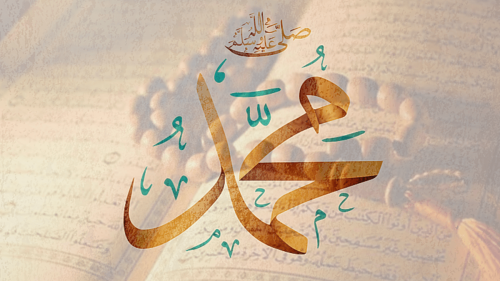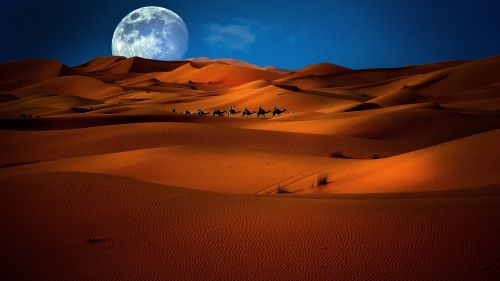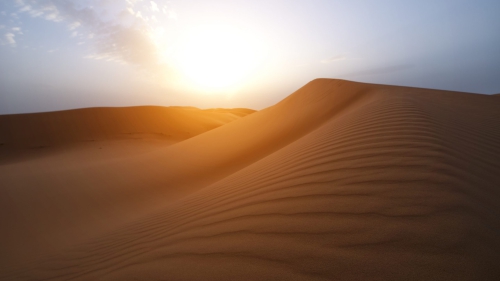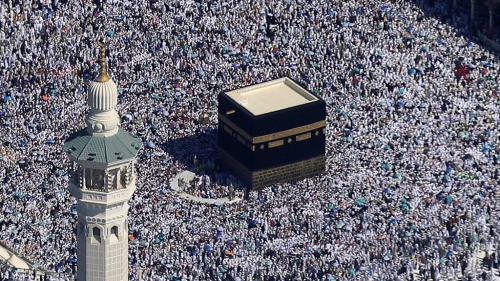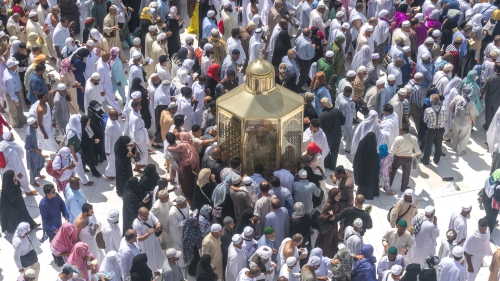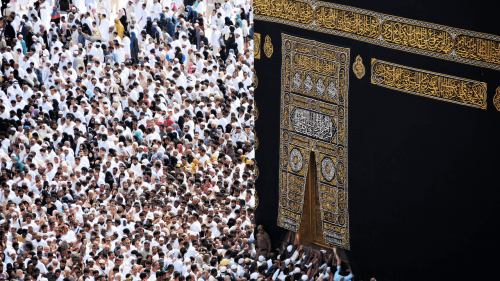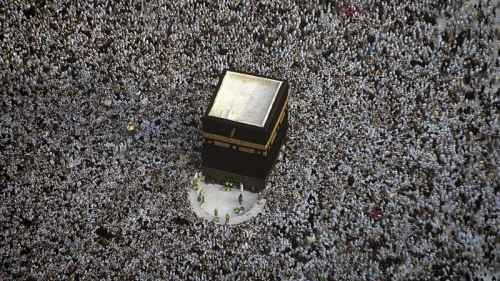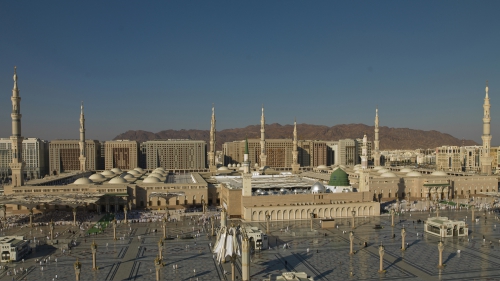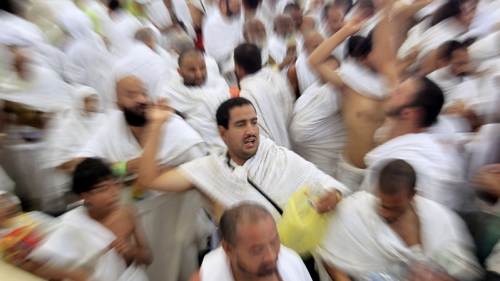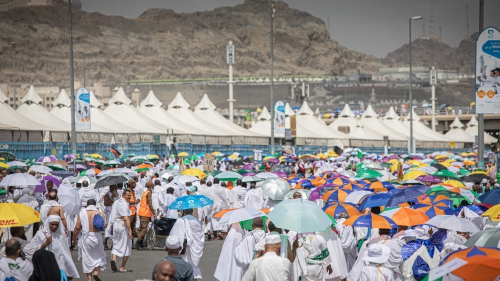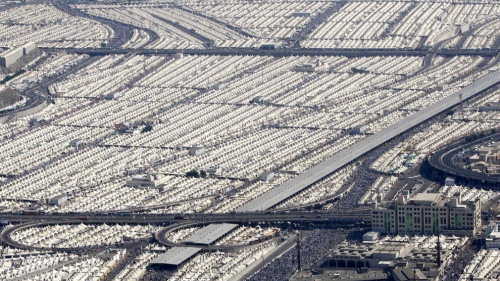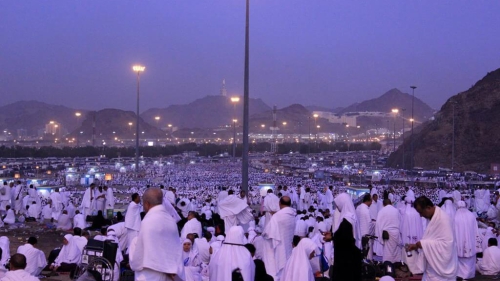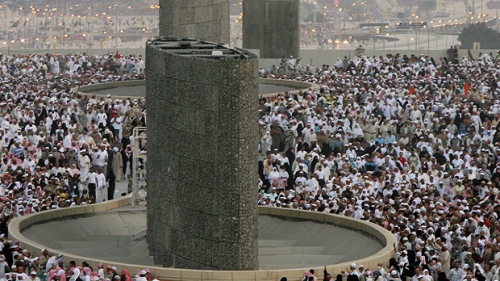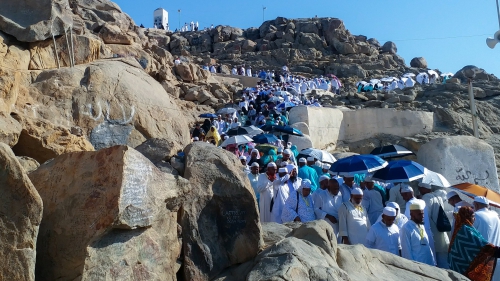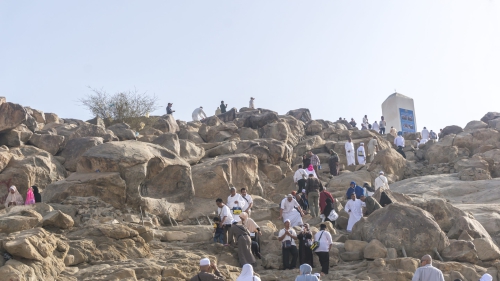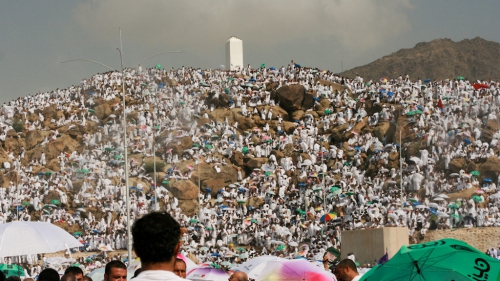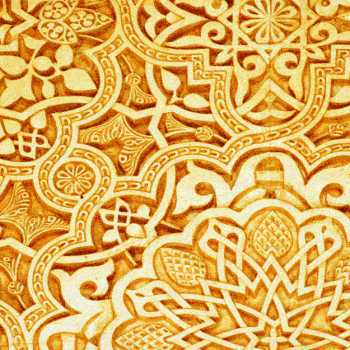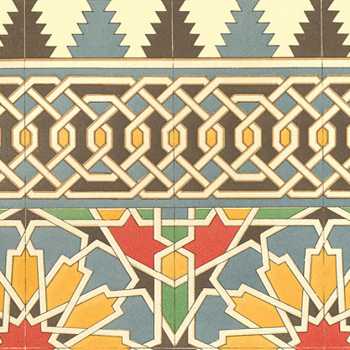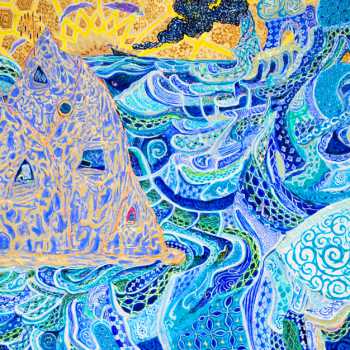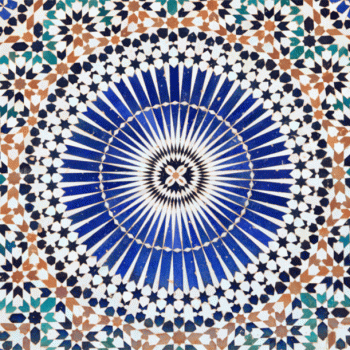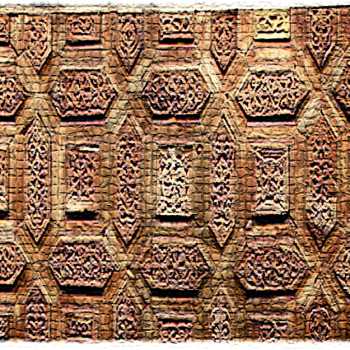
Hajj, or pilgrimage, is one of the five pillars of Islam and represents a significant spiritual journey for Muslims. It is an obligatory act of worship that every Muslim who is physically and financially able must perform at least once in their lifetime. The pilgrimage takes place annually during the Islamic month of Dhul-Hijjah in the holy city of Mecca, Saudi Arabia.
Key aspects of Hajj include:
1. Obligation and Timing: Hajj is a once-in-a-lifetime obligation for Muslims who meet the necessary physical and financial criteria. The pilgrimage occurs during specific days of the month of Dhul-Hijjah, culminating in the Day of Arafah, which is considered the most important day of the Hajj rituals.
2. Rituals and Practices: The Hajj consists of a series of rituals that are performed over several days. These include:
- Ihram: Pilgrims enter a state of spiritual purity and wear simple white garments, symbolizing equality and unity among all participants, regardless of social status or nationality.
- Tawaf: Pilgrims circumambulate the Kaaba, the sacred structure in the Masjid al-Haram, seven times in a counter-clockwise direction.
- Sa'i: Pilgrims perform the Sa'i, which involves walking seven times between the hills of Safa and Marwah, commemorating Hagar's search for water for her son Ishmael.
- Standing at Arafat: On the Day of Arafah, pilgrims gather at the plain of Arafat to pray and seek forgiveness, reflecting on the Day of Judgment.
- Muzdalifah and Mina: After Arafat, pilgrims spend the night at Muzdalifah and then return to Mina, where they perform the ritual of stoning the devil by throwing pebbles at three pillars, symbolizing the rejection of evil.
- Eid al-Adha: The pilgrimage concludes with the celebration of Eid al-Adha, where pilgrims sacrifice an animal, commemorating the willingness of Prophet Abraham to sacrifice his son in obedience to God.
3. Spiritual Significance: Hajj is not only a physical journey but also a profound spiritual experience. It serves as an opportunity for Muslims to seek forgiveness for their sins, renew their faith, and develop a deeper connection with God. The pilgrimage is believed to bring about a transformation, allowing individuals to return home "as a newly born baby" free of sins.
4. Unity and Diversity: Hajj brings together millions of Muslims from diverse backgrounds, cultures, and nationalities, fostering a sense of unity and brotherhood among the global Muslim community. This gathering emphasizes the equality of all believers before God, as they stand together in worship.
Hajj is a fundamental act of worship in Islam that encompasses a series of rituals aimed at fostering spiritual growth, community, and a deeper understanding of one's faith. It is a unique opportunity for Muslims to fulfill their religious obligations while experiencing the profound significance of their beliefs.
SOME HAJJ FACTS
- Hajj is one of the largest religious gatherings in the world.
- Two to five million people from around the globe convene to affirm their commitment to God and commemorate the example and sacrifice of Prophet Abraham.
- Hajj is one of the five pillars of Islam. Most Muslims perform it at least once in their lives. However, Hajj is not mandatory unlike the other four pillars, because of the hardships of the ritual. So, Islam has taken into consideration both the financial and physical ability of the individual, regarding the performance of Hajj.
- The rites of Hajj are performed from the 8th to the 12th of Dul Hijjah.
- Eid Al-Adha falls on the 10th day of the month of Due Hijjah.
- All male pilgrims wear the same simple attire, which consists of two white clothes that cover the body called Ihram. Women wear a simple abaya; but they have their heads covered with their faces showing. The simple dress is a symbol of purity and equality.
- Hajj is a journey into self-reflection and personality development. It’s an experience that allows the person to live the brotherhood and sisterhood of humanity. It is a journey for learning the art of sacrifice; allowing pilgrims to connect with the divine.
HAJJ STEP BY STEP




